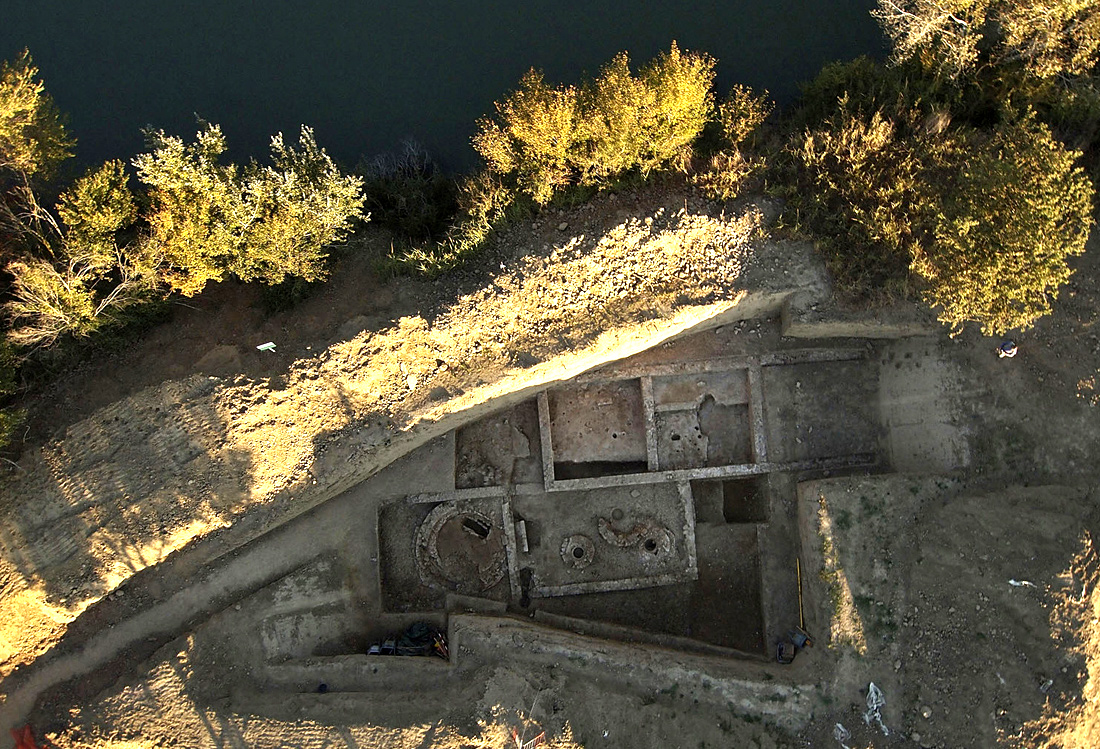Alessandro Sebastiani – Local Status and Mediterranean Connections in Roman Tuscany: New Excavations along the Via Aurelia Vetus

Alessandro Sebastiani from the University of Sheffield will give the Archaeological Institute of America, Rome–SPQR Society, Lecture entitled Local Status and Mediterranean Connections in Roman Tuscany: New Excavations along the Via Aurelia Vetus.
While the great Roman ports like Ostia and Carthage are well known, we know very little about the thousands of small harbour towns acting as local hubs for the exchange of goods. New excavations at the mouth of the Ombrone River in Tuscany are changing that. Two Roman sites have recently been brought to light along the via Aurelia Vetus: the sanctuary of Diana Umbronensis and the river port of the ancient city of Rusellae. The port’s associated industrial quarter includes the largest Roman glass- and metal-working site found in Tuscany, and it was clearly a center for local luxury goods production. At the mouth of the river, the hilltop sanctuary stood as a prominent visual marker on the Mediterranean—denoting also the empire-wide links of the port. From the early Romanization of the area, the two sites developed and changed in association with the fortunes of Rome itself, and together they cast new light on the fluctuating landscapes of international connections between the third century BC and the sixth century AD.
The excavations are carried out by the University of Sheffield and the Alberese Archaeological Project, in collaboration with the Soprintendenza per i Beni Archeologici della Toscana and John Cabot University.